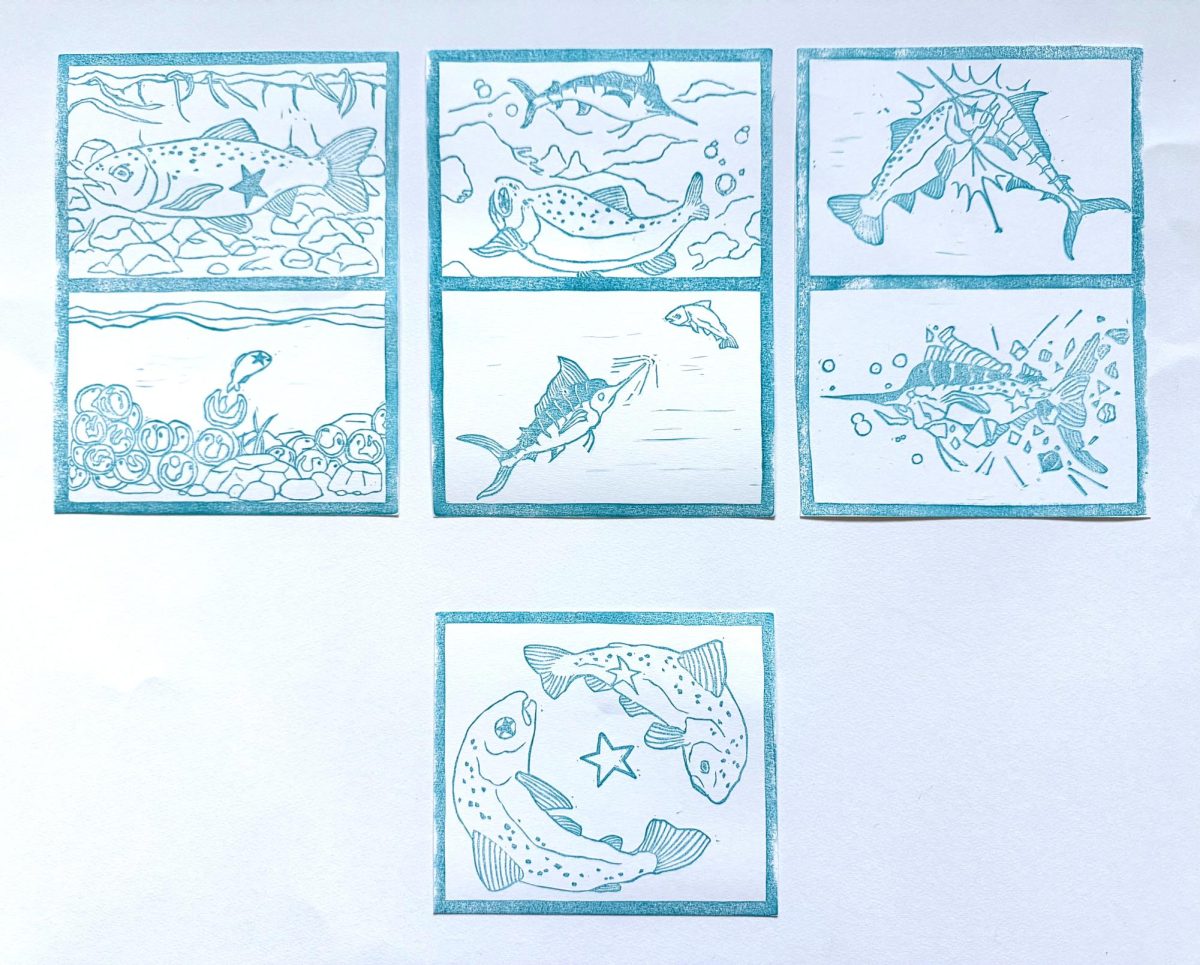Participating in STEM clubs is a phenomenal way for students to dive deeper into the subjects they are passionate about. However, a major issue STEM clubs face is the meager number of members, creating a pitiful and useless experience for everyone involved. On one occasion, I attended a STEM club’s general meeting, and there were more officers than actual members, technically not even meeting the minimum attendance required by ASB. To combat this trend, consolidating every STEM club into one massive club would solve the issue while bringing an array of additional benefits with it.

From aerospace to medicine, STEM encompasses a wide range of topics. As a result, many students simply stick to one field and do not take the time to explore other potential interests. With a unified club, students would get a glimpse into what they are missing out on, possibly even switching their prospective fields of study to a new track of STEM.
Though not through a club, I initially gained an interest in computer science after some quick exposure through a friend. As a result of this experience, I felt motivated to obtain technical skills and knowledge in the subject, showing how exposure can spark interest.
Additionally, exposure to the various domains of STEM can teach members about the interconnectedness of subjects. For example, STEM areas such as chemistry and physics use mathematics, which also can be used in other applications like engineering.
A combined STEM club could easily help members analyze the relationships between subjects. This would lead members to gain knowledge on how to use various STEM subjects together, such as chemistry in biology. This highlights the importance of each subject by itself, but also the power of combining multiple facets of STEM, something often missing from the perspective of many STEM majors.
For the benefit of clubs, a combined STEM club would give the clubs greater visibility. With a centralized club, the member base would be pooled together, solving the prevalent issue of inadequate student bases that most STEM clubs face. With this larger student base, the club would also have more credibility. This would encourage more students to join, especially incoming students, as the larger student base would attest to the club’s quality.
Despite these benefits, one edge the approach of separate clubs has is specialization, which allows each subject to be taught in more detail. This also lets them help students prepare for subject-specific activities and competitions better.
Nonetheless, a combined club could also achieve similar results by having subjects rotate between meetings, ensuring that every topic is covered equally. Furthermore, a combined club would have a significantly more expansive officer team with specialization in different STEM subjects. Because of this, club meetings could be held more often, as officers with different specializations may take over meetings when their subject is being covered. If desired, the club could even provide smaller internal study sessions, giving extra specialized support to club members struggling with particular subjects.
A consolidated club would let students experience fields of STEM that they were underexposed to, allowing them to develop their interests and find subjects they enjoy. Despite being an ambitious idea and perhaps a little idealistic, one overarching STEM club would be an invaluable asset to the student body. Ultimately, this could provide aspiring STEM professionals with the network, resources and opportunities to explore and reach greater success.





















